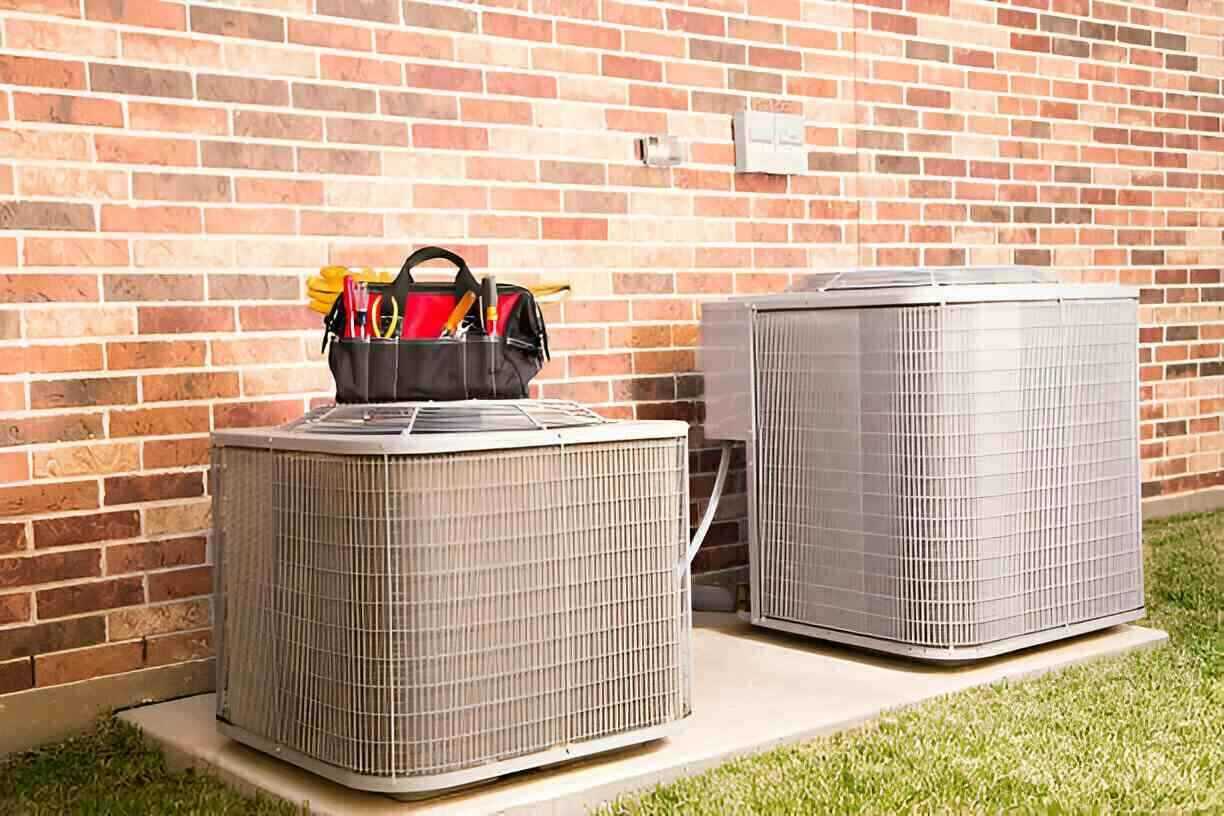AC Installation in Tampa, FL


Why proper AC installation matters in Tampa, FL
Tampa’s long cooling season and high humidity put extra demand on HVAC systems. A correctly installed system:
- Maintains consistent indoor temperatures and humidity control for comfort and mold prevention
- Runs efficiently to reduce energy use during peak cooling months
- Avoids premature wear from improper refrigerant charge, airflow, or duct issues
- Meets Florida Building Code and local permit requirements to protect resale value and safety
Common AC installation issues in Tampa include undersized equipment that can’t control humidity, corroded exterior units in coastal areas, unaddressed duct leakage, and installations done without permits. Understanding the installation steps helps homeowners make informed decisions and ensures reliable performance.
Common AC installation types and Tampa-specific considerations
- Split system replacement (most common): requires proper sizing and refrigerant linework.
- New construction or full-system installs: includes duct design and coordination with builders.
- Ductless mini-splits: good for additions or homes without ductwork, with attention to line-set routing and mounting locations.
- System upgrades for humidity control: may include higher SEER equipment or supplemental dehumidification for Tampa’s humid climate.
- Coastal installations: use corrosion-resistant coatings, non-corrosive fasteners, and elevated pad/curb placements to protect equipment from salt air and flooding risk in low-lying areas.
Home load assessments and unit sizing
A professional install begins with a detailed load calculation (Manual J or equivalent), not just square footage. In Tampa, this calculation must account for:
- High outdoor design temperatures and elevated humidity
- Solar heat gain from roof and windows
- Insulation levels and attic ventilation
- Occupancy and internal loads (appliances, lighting)
Correct unit sizing avoids short-cycling (if oversized) or inadequate dehumidification and constant runtime (if undersized). Proper selection balances sensible and latent cooling needs so your home stays comfortable and dry.
Ductwork inspection and required modifications
Ducts are often the weak link in comfort and efficiency. A thorough duct inspection includes:
- Leak testing and sealing of joints and seams
- Insulation checks, especially in unconditioned attics common in Tampa homes
- Return and supply sizing to achieve the designed airflow (CFM)
- Register placement and balancing for even distribution
Common duct issues in Tampa: attic ducts with degraded insulation, rodent damage, and disconnected sections. Addressing these during installation prevents recurring comfort problems and saves energy.
Permit and code compliance for Tampa, FL
AC installations must comply with the Florida Building Code and local permitting requirements (for example, county or city permits in the Tampa area). Professional installers will:
- Pull the required permits and schedule inspections
- Ensure electrical work meets code (breaker sizing, disconnects, and conduit)
- Follow local requirements for equipment anchoring, refrigerant handling, and condensate disposal
- Permits protect homeowners by ensuring work is inspected and documented for insurance and resale.
Step-by-step professional installation procedures
- Pre-install preparation: confirm permit status, equipment delivery, and jobsite staging to protect landscaping and property.
- Remove old equipment: Safely recover refrigerant per environmental regulations, disconnect electricals, and remove the old unit.
- Duct and pad/curb work: Make required duct repairs, set a level pad or rooftop curb, and install vibration isolation as needed.
- Install outdoor and indoor units: Mount and secure exterior condenser, set indoor coil or air handler, and route properly sized refrigerant lines and condensate lines.
- Electrical and controls: Connect power, install disconnects, ensure correct breaker sizing, and wire thermostat and safety controls.
- Evacuation and refrigerant charging: Evacuate the system to required vacuum levels and charge refrigerant to manufacturer specifications—critical for efficiency and longevity.
- Airflow balancing: Verify supply and return airflow, adjust blower settings, and ensure registers are balanced to design CFM.
System startup and performance testing
A professional startup confirms the system performs to design and code. Typical performance checks include:
- Measuring airflow (CFM) and static pressure
- Checking superheat/subcooling and refrigerant charge
- Verifying electrical draws and compressor amperage
- Recording temperature split across the coil (typical target around 16–20°F depending on conditions)
- Testing defrost, safety switches, and condensate drain performance
- Assessing humidity control under realistic conditions
Technicians document these results so homeowners have a clear record of system performance at installation.
Homeowner orientation and documentation
A quality installation includes a homeowner walkthrough covering:
- How to operate and program the thermostat for comfort and efficiency
- Filter type, location, replacement schedule, and how to change filters safely
- Condensate line care and signs of drainage issues or leaks
- Recommended maintenance frequency and what’s included in manufacturer warranties
- Copies of permit sign-offs, installation reports, and warranty paperwork for records
Clear orientation reduces user error and prevents common post-install issues.
Post-installation support and warranties
Professional installs include work warranties for labor and guidance on registering manufacturer warranties for equipment. Post-install support typically covers:
- Final permit inspection completion and documentation
- Warranty transfer and registration procedures
- Recommended maintenance plans (annual tune-ups) to preserve efficiency and warranty eligibility
- Troubleshooting common early startup issues and addressing punch-list items from the initial inspection
Maintenance tips for Tampa homeowners
- Change filters regularly and use the correct MERV rating for your system
- Schedule annual tune-ups focusing on refrigerant charge, airflow, and condensate lines
- Keep outdoor units clear of debris, landscaping, and corrosive materials
- Consider insulating ducts in attics and sealing air leaks in the building envelope
- For coastal homes, request corrosion-resistant components and periodic inspections of the outdoor unit
In Tampa, correct load sizing, duct integrity, permit compliance, and a precise refrigerant charge are the biggest determinants of long-term comfort and efficiency. A professional, documented AC installation protects your investment, ensures compliance with local codes, and delivers reliable cooling through Tampa’s demanding climate conditions.
Service Areas


